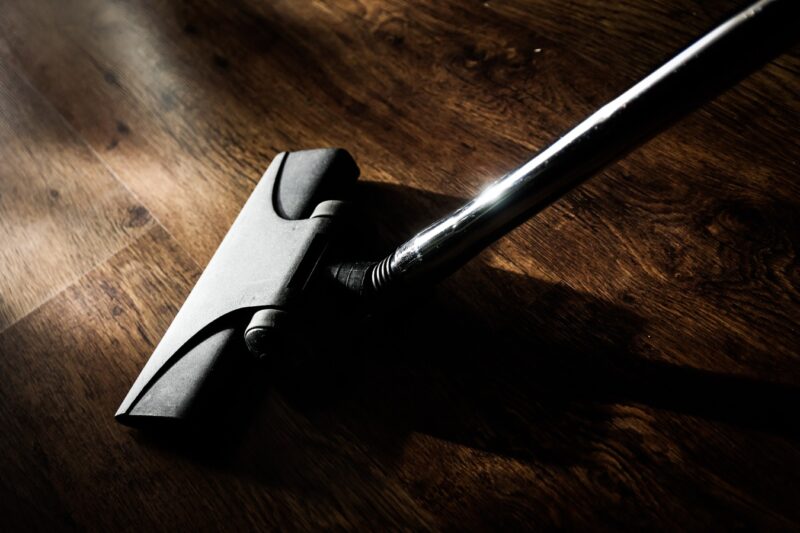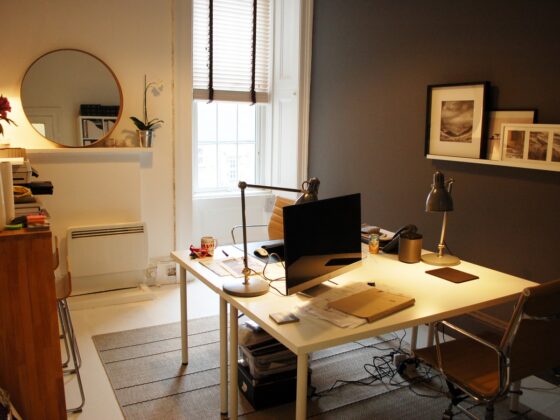When it comes to cleaning and maintaining your living room, it’s easy to overlook the ceiling. However, keeping your ceiling clean is important not only for aesthetic reasons but also for maintaining a healthy living environment. Dust, dirt, and even mould can accumulate on the ceiling over time, so it’s essential to give it some attention. In this blog post, we’ll share some tips and tricks on how to clean and maintain your living room ceiling.

1. Dusting
The first step in cleaning your living room ceiling is to remove any dust that has accumulated. You can use a long-handled duster or a microfiber cloth attached to a broom to reach high ceilings. Gently wipe the surface of the ceiling, making sure to cover all areas. If there are any cobwebs, carefully remove them using a broom or vacuum cleaner with a brush attachment.
Here are some steps to follow for dusting your ceiling effectively:
- Lay a drop cloth or a tarp over your floor and furniture to catch any falling dust and debris.
- If your ceiling has stains or marks, you may need to use a damp microfiber cloth or a sponge to wipe them gently. You can also use a mild cleaning solution made of water, vinegar, and dish soap to spray on the stains and then wipe them with a cloth or a sponge. Avoid using too much water or pressure, as this can damage your ceiling or cause water stains.
- Dry your ceiling with a clean, dry cloth or let it air dry completely before removing the drop cloth or tarp from your floor and furniture.
By following these steps, you can keep your living room ceiling clean and dust-free.
2. Vacuuming

If your living room ceiling has a textured or popcorn finish, dusting alone may not be enough to remove all the dirt and debris. In such cases, it’s recommended to use a vacuum cleaner with a soft brush attachment. Run the vacuum cleaner over the ceiling, paying extra attention to the corners and edges. This will help remove any stubborn dirt or cobwebs that may have been missed during the dusting process.
3. Stain Removal
If you notice any stains on your living room ceiling, it’s important to address them as soon as possible. Water stains, for example, can be caused by leaky roof or plumbing issues and may lead to mould growth if left untreated. To remove water stains, mix equal parts water and vinegar in a spray bottle.
Spray the solution directly onto the stain and let it sit for a few minutes. Gently scrub the stain with a soft brush or sponge, then wipe away the residue with a clean cloth.
If you have grease or smoke stains on your ceiling, you can use a mild detergent mixed with warm water. Apply the solution to the stain and gently scrub it with a soft brush or sponge. Rinse the area with clean water and pat it dry with a towel.
4. Preventing Mold and Mildew
Mold and mildew can be a common problem in areas with high humidity, such as bathrooms and kitchens. However, they can also develop on living room ceilings if there is poor ventilation or a water leak. To prevent mould and mildew growth, make sure your living room is well-ventilated. Open windows or use exhaust fans to circulate air and reduce moisture levels. If you notice any signs of mould or mildew, such as black spots or a musty smell, it’s important to address the issue immediately. Consult a professional if necessary.
5. Regular Maintenance
Once you’ve cleaned your living room ceiling, it’s important to maintain it regularly to prevent dirt and dust buildup. Make it a habit to dust the ceiling at least once a month, or more frequently if needed. Keep an eye out for any signs of damage, such as cracks or peeling paint, and address them promptly to prevent further issues.
Here are some tips on how to do regular maintenance for your living room ceiling:
- Dust your ceiling at least once a month using a duster with an extendable handle or a vacuum cleaner with a brush attachment. This will help you remove loose dust and debris that can cause allergies or respiratory problems. Pay attention to the corners, edges, and areas around light fixtures and vents, where dust tends to build up more.
- Wipe your ceiling with a damp microfiber cloth or a sponge every few months or as needed. This will help you remove any stains or marks that may have formed on your ceiling due to cooking, smoking, or other activities. You can use a mild cleaning solution made of water, vinegar, and dish soap to spray on the stains and then wipe them gently. Avoid using too much water or pressure, as this can damage your ceiling or cause water stains.
- Check your ceiling for signs of mould, mildew, or water damage regularly. If you notice any discolouration, peeling, cracking, or bubbling on your ceiling, you may have a mould or water problem that needs to be addressed as soon as possible. Mold and water damage can pose serious health and safety risks, as well as damage your ceiling and other parts of your home. You may need to hire a professional to inspect and repair your ceiling or use a bleach solution to kill the mould and remove the stains.
By following these tips, you can do regular maintenance for your living room ceiling and keep it clean and in good shape.
Conclusion
Cleaning and maintaining your living room ceiling may seem like a daunting task, but it is not impossible. With the right tools, techniques, and frequency, you can keep your ceiling free of dust, dirt, and stains, and make it look fresh and bright.
Frequently Asked Question
The frequency of cleaning your living room ceiling depends on various factors, such as the type of ceiling, the level of dirtiness, and the presence of smokers, pets, or kids. Generally, you should clean your ceiling every three to six months, or more often if you notice any visible marks or dust.
The tools and products you need to clean your living room ceiling vary depending on the type of ceiling you have. For flat ceilings, you can use a microfiber cloth mop, a spray bottle, a pH-neutral all-purpose cleaner or a dish soap and vinegar solution, and a tarp or a drop cloth. For textured ceilings, you can use a vacuum with a HEPA filter a long extension wand and soft-bristled attachment, or a stiff bristle broom. You may also need a ladder, a mask, and goggles for safety.
To clean a flat ceiling, follow these steps:
– Lay a tarp or a drop cloth over your floors to catch dust.
– Spray your cleaning solution on an expandable microfiber cloth mop.
– Wipe your ceiling in long even strokes.
– After you’ve wiped the ceiling, reclean any areas with excess dirt.
– Allow the surface to dry.
To clean a textured ceiling, follow these steps:
– Lay a tarp or a drop cloth over your floors to catch dust.
Set up a stable ladder with someone available nearby for support. You may also want to put on a mask and goggles to prevent any exposure to falling dust.
– Use a vacuum with a HEPA filter and a long extension wand and a soft-bristled attachment to gently suck up the dust and dirt from the ceiling. Alternatively, you can use a stiff bristle broom to knock the dust free.
– If your ceiling is stained, you may need to use a damp sponge or cloth with a mild cleaner to blot the stain. Be careful not to rub or scrub the ceiling, as this may damage the texture.
The best way to remove stains from your living room ceiling is to treat them as soon as possible, using appropriate products, such as baking soda, magic eraser, cornstarch, or enzyme cleaner. You may also need to touch up the paint if the stain is too stubborn or has caused discolouration.











